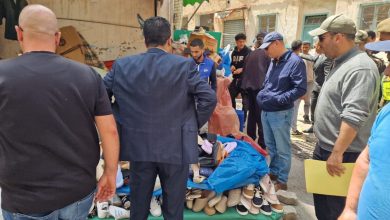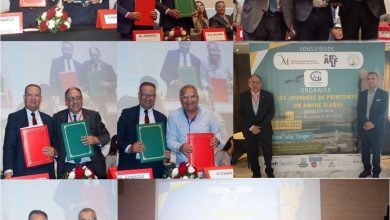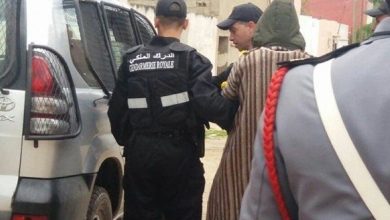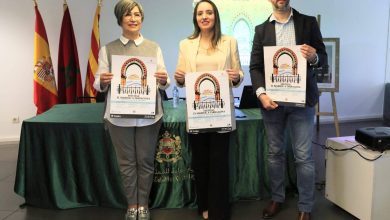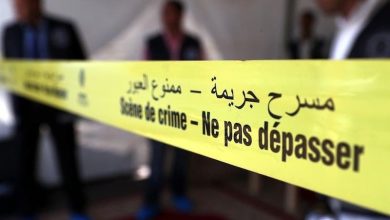The Ministry of Justice and “the phenomenon of violence in the educational environment: reality, challenges and means of struggle”: alarming figures
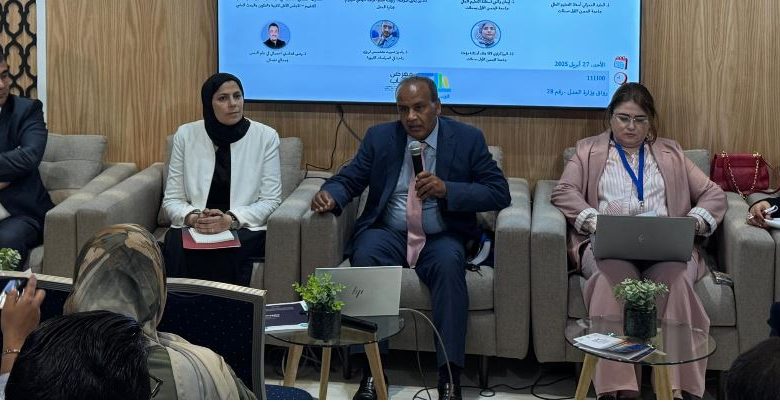
This article was automatically translated from HIBAPRESS, the Arabic version:
Hibapress-Rabat-MJ
The interactive workshop on “The phenomenon of violence in an educational environment: reality, challenges and means of struggle”, was organized by the National Observatory of Crime in partnership with Hassan I University of Settat, from the Ministry of Justice at the International Book and Edition Show in Rabat, in the presence of a group of experts and specialists and a wide audience of students and people interested.
Mr. ABDELLATIF MAKRAM, president of Hassan I University of Settat, opened the workshop by stressing the urgency and gravity of the phenomenon of violence in an educational environment and its impact on students and educational staff. He praised the dynamism of the National Crime Observatory in strengthening cooperation with Moroccan universities, considering this cooperation as a remarkable model for the integration of efforts between academic institutions and national organizations concerned by the study and the fight against crime. He stressed that this partnership aims to promote scientific research in the field of monitoring of crime trends in the educational environment, the analysis of its causes and the development of effective prevention strategies.
The workshop has highlighted the alarming statistics of the phenomenon of violence in Moroccan educational institutions, as revealed by the National Crime Observatory, namely that students represent 7.2% of people pursued in violence cases, with a clear predominance of 81.9% of students, and that physical violence constitutes 90.3% of all cases of violence registered, Alarming cases of violence against teachers.
For his part, Professor Rokia Chafki, specialist in research and analysis at the National Evaluation Commission of the Higher Education Council, Training and Scientific Research, made a presentation on the evaluation of violence in Moroccan schools, based on a recent study conducted by the Council with the support of UNICEF. The study was based on a “victimization” approach to understand the violence from the point of view of the victims, and stressed the importance of the school climate in reducing the phenomenon of violence.
The study revealed alarming figures, showing that 12 % of primary school teachers and 19 % of secondary teachers use physical punishment, and that 12 % of children in educational establishments are subject to physical punishment by their teachers and 11 % by administrative staff. About 40 % of teenagers aged 13 to 15 said they had been victims of school violence.
Professor Bouzkraoui Lalla Wafae, a qualified professor at Hassan I University of Settat, made a presentation on the experience of Quebec in the field of prevention and reduction of school violence, by reviewing the mechanisms and programs adopted by this Canadian province which can be used in the Moroccan context.
For his part, Professor Rokia Chafki, specialist in research and analysis at the National Evaluation Commission of the Higher Education Council, Training and Scientific Research, made a presentation on the evaluation of violence in Moroccan schools, based on a recent study conducted by the Council with the support of UNICEF. The study was based on a “victimization” approach to understand the violence from the point of view of the victims, and stressed the importance of the school climate in reducing the phenomenon of violence.
The study revealed alarming figures, showing that 12 % of primary school teachers and 19 % of secondary teachers use physical punishment, and that 12 % of children in educational establishments are subject to physical punishment by their teachers and 11 % by administrative staff. About 40 % of teenagers aged 13 to 15 said they had been victims of school violence.
Professor Yassine Tammort, specialist in education and researcher in educational policies, addressed the theme of school violence in professional practices between the profession of trainer and the activation of school life. He also addressed the role of public policies related to the protection of students and teachers, stressing the importance of the partnership between the sectors of education and security and civil society. On the other hand, he stressed that this workshop is an opportunity to exchange views on the development of awareness programs and training aimed at promoting a culture of dialogue and tolerance within educational establishments.
For his part, Dr. Rada Lamhasni, psychologist and psychotherapist, presented a precious intervention on the psychological aspects of violence in school, entitled “Violence at school between individual responsibility and collective response”. He explained that school violence is an indicator of psychological and social imbalances which require a holistic approach to understand it. He reviewed the types of school violence (physical, verbal, psychological, symbolic and electronic) and the psychological and social factors that lead to it, such as a disturbed family environment, school failure, poverty and deficient emotional communication.
The workshop was concluded with a series of recommendations aimed at combating violence in school, the most important of which are the adoption of an integrated approach combining prevention and treatment, the strengthening of coordination between all the sectors concerned, the involvement of families and civil society, the attention paid to school climate, the development of prevention of cyberviolence, the introduction of a culture of non-violence in teaching programs and The insistence on the fact that the objective of making the school a safe space is a shared responsibility which requires concerted efforts on the part of all the actors.

